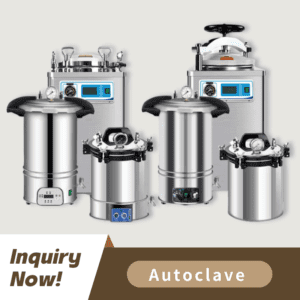
Thermodynamic Relationship: The effectiveness of steam sterilization follows this mathematical formula: [ \text{SAL} = 10^{-\left(\frac{T – T_0}{Z} \times t\right)} ] Where:
(T) = Actual temperature (°C)
(T_0) = Base temperature (121°C)
(Z) = Z-value (typically 10°C)
(t) = Exposure time (minutes)
Parameter Interdependence:
| Параметр | Effect on Sterilization | Allowable Tolerance |
|---|---|---|
| Температура | ±1°C alters D-value by 10% | ±0.5°C |
| Давление | 1 psi change ≈ 2°C shift | ±5% of setpoint |
| Time | 1-minute shortfall = 6% SAL risk | +0/-1 минута |
ISO 17665-1 Cycle Specifications:
| Тип цикла | Температура | Давление | Time | Application |
|---|---|---|---|---|
| Gravity Displacement | 121°C | 15 psi | 30m | Glassware, textiles |
| Pre-Vacuum | 134°C | 30 psi | 4-15m | Hollow instruments |
| Liquids | 121°C | 15 psi | 45m | Culture media |
| Flash | 134°C | 30 psi | 3m | Emergency instruments |
Material-Specific Parameters:
| Материал | Max Temp | Pressure Limit | Время экспозиции |
|---|---|---|---|
| Polypropylene | 132°C | 25 psi | 20 minutes |
| Stainless Steel | 150°C | 40 psi | 60 minutes |
| Rubber | 125°C | 20 psi | 15 minutes |
Temperature Monitoring:
The system includes 12+ thermocouples for mapping cold spots inside the chamber corners and drain areas.
Validation Frequency: Quarterly heat distribution studies
Pressure Regulation:
Safety valves: Calibrated to ±0.5 psi
Leak rate test: ≤1 mbar/min (ISO 17665)
Time Calibration:
Digital timers: Synchronized to NIST atomic clock
Cycle phase tracking: Heating, exposure, cooling
Common Parameter Deviations:
| Issue | Причина | Решение |
|---|---|---|
| Low temperature | Steam quality <95% dryness | Install moisture traps |
| Pressure spikes | Faulty pressure transducer | Replace with 0.1% accuracy model |
| Incomplete cycles | Insufficient air removal | Add 2 extra pre-vacuum pulses |
| Overheated loads | Poor heat distribution | Redesign loading patterns |
Case Study: Sterilization failures dropped by 92% at this dental clinic after they changed their sterilization process.
The sterilization exposure time increased from 15 minutes to 18 minutes at 121°C.
Installing dual pressure sensors with auto-calibration
Implementing daily Bowie-Dick tests for air removal
Physical Validation:
Heat Distribution:
30 thermocouples, 3 consecutive cycles
Max temp variation: ±1°C
Heat Penetration:
Test packs with Teflon®-coated probes
Cold point lag ≤0.5°C
Биологические индикаторы:
Geobacillus stearothermophilus (1×10⁶ spores)
Incubation: 55-60°C for 7 days
Documentation Requirements:
Parameter logs: Temperature/pressure every 15 seconds
Maintenance records: Sensor calibrations, gasket replacements
Every year reports must include biological testing results showing 20 or more tests with no positive findings.
Proper control over temperature, time, and pressure enables autoclave sterilization to meet ISO 17665 and AAMI ST79 standards. The implementation of real-time monitoring systems along with predictive maintenance protocols results in an 85% reduction in cycle failures and increases the equipment lifespan. The next five years will see sterilization quality assurance transformed by IoT-enabled autoclaves and blockchain documentation technology.
Q1: Why does sterilization fail when autoclave pressure falls during the cycle? A: A decrease of 5 psi when the temperature reaches 121°C causes steam temperature to fall by 10°C which can result in an ineffective sterilization cycle. After resolving steam supply problems complete the process again promptly.
Q2: How does altitude affect autoclave parameters? A: To maintain 121°C at an elevation of 1,500m you need to increase pressure by 7%. [ P{\text{adjusted}} = P{\text{sea level}} \times \left(1 + \frac{\text{Altitude (m)}}{7,000}\right) ]
Q3: Will sterilization time shorten if I increase the temperature? A: Yes, using the (F_0) value formula: [ F_0 = \Delta t \times 10^{(T – 121)/Z} ] When Z is 10°C the sterilization time at 134°C shortens by 88% relative to the time at 121°C.
Q4: Why do liquid cycles require longer time? A: Water’s increased heat capacity requires 45 minutes of heating at 121°C to achieve even temperature distribution and avoid boil-over.
Q5: What is the testing frequency required for pressure relief valves? A: Conduct monthly mechanical tests on components and replace seals once every year. According to ASME BPVC standards valves need to operate within ±2% of their designated set pressure.

Стерилизация является важным элементом практики инфекционного контроля как в медицинских учреждениях, так и в лабораторных условиях. Стерилизация в автоклаве с помощью пара эффективна для многих применений, но оказывается неоптимальной в
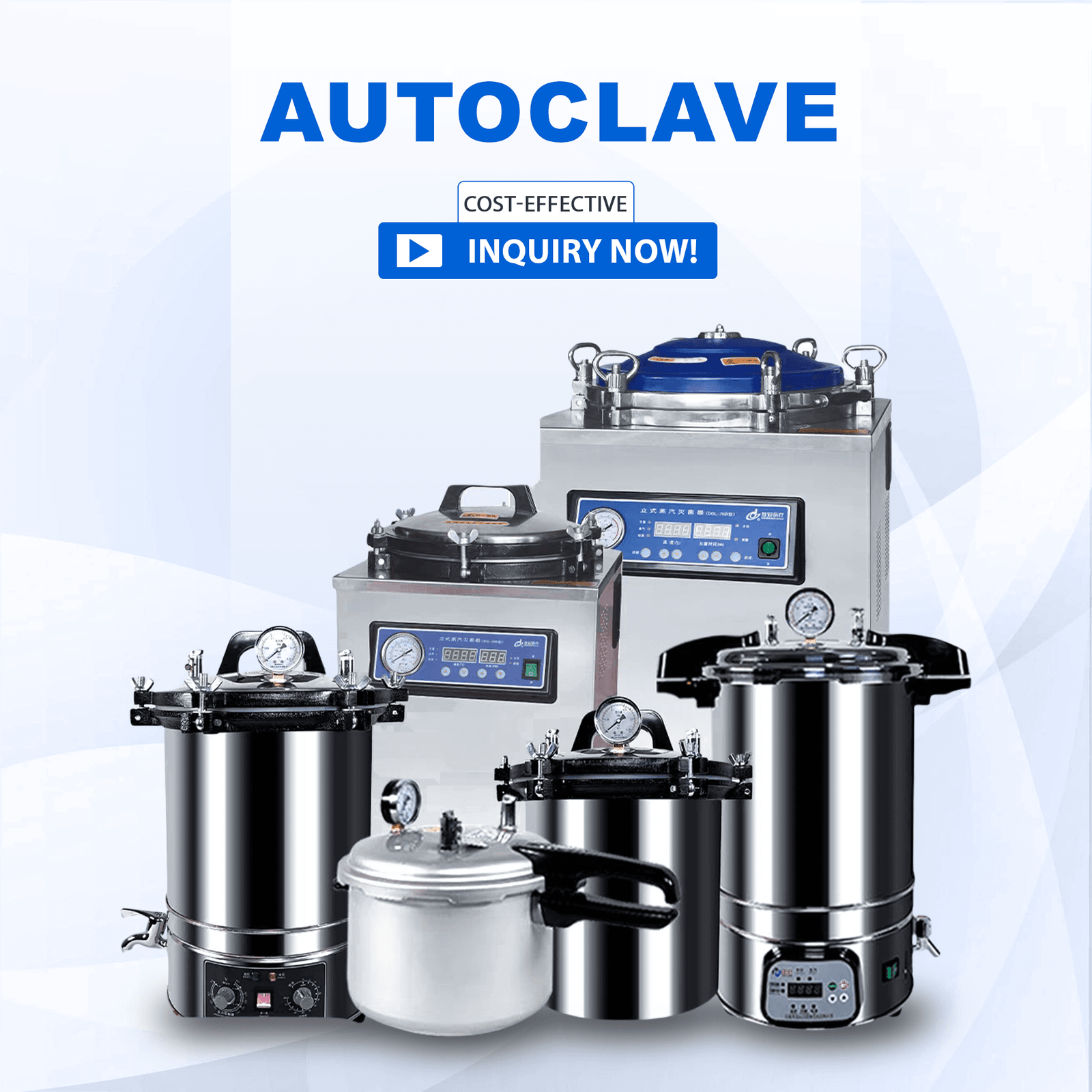
Медицинские работники во всем мире доверяют автоклавам как важнейшим инструментам для обеспечения безопасности и стерильности медицинских инструментов. Дистрибьюторы и специалисты по закупкам медицинского оборудования должны понимать принципы работы автоклавов и их преимущества

Развитие здравоохранения делает необходимым постоянное поддержание безопасности и стерильности медицинских инструментов. Для эффективной работы дистрибьюторы, дилеры и специалисты по закупкам медицинского оборудования должны знать методы стерилизации. На сайте
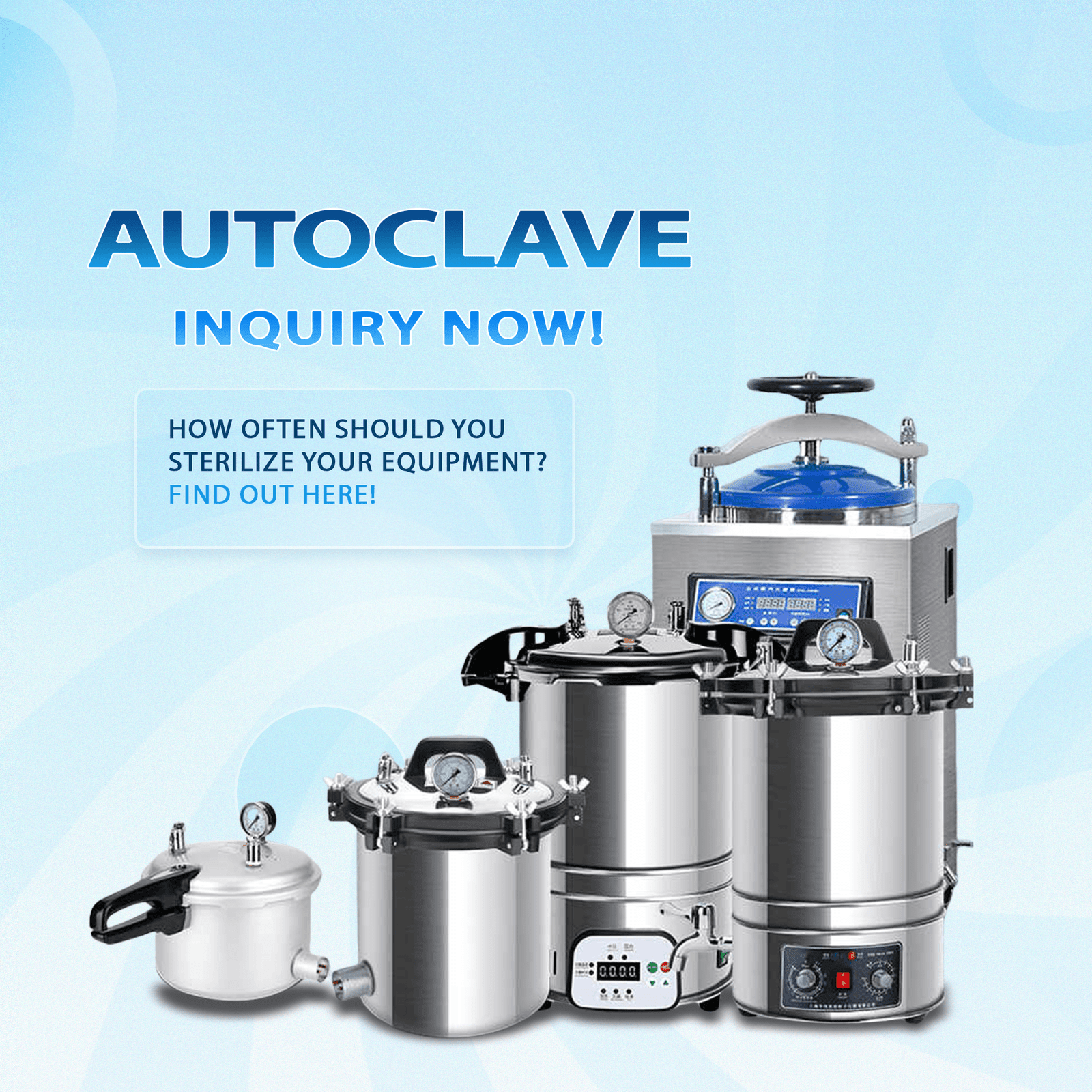
Для стерилизации медицинских приборов и инструментов требуются автоклавы, поскольку они защищают безопасность пациентов и способствуют соблюдению нормативных стандартов. Самые сложные автоклавные системы все же имеют определенные ограничения. Дистрибьюторы медицинского оборудования,
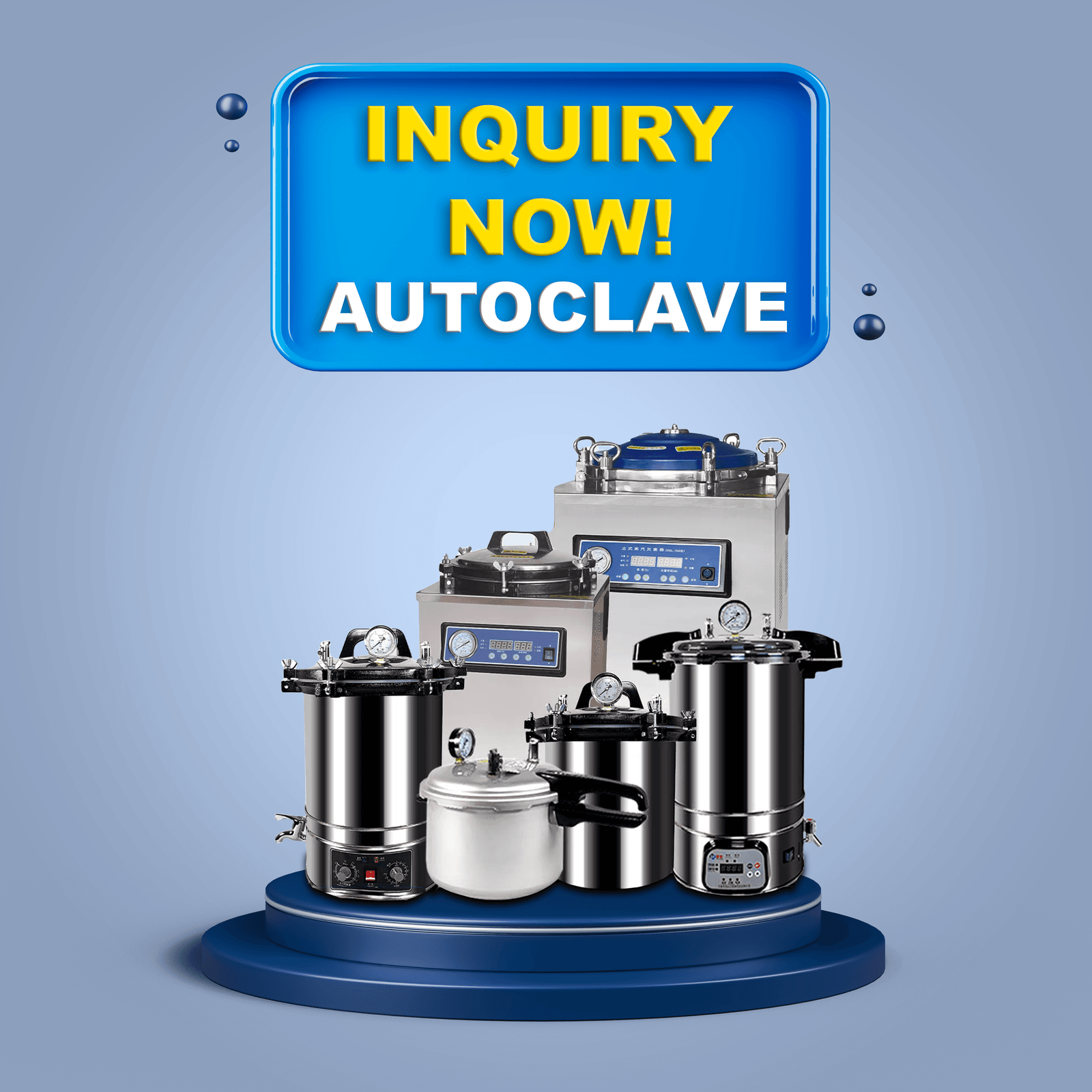
В производстве медицинского оборудования автоклавы являются важнейшим оборудованием, поскольку обеспечивают последовательную стерилизацию различных инструментов и материалов. В автоклавах используется насыщенный пар высокого давления для уничтожения бактерий, вирусов, грибков и
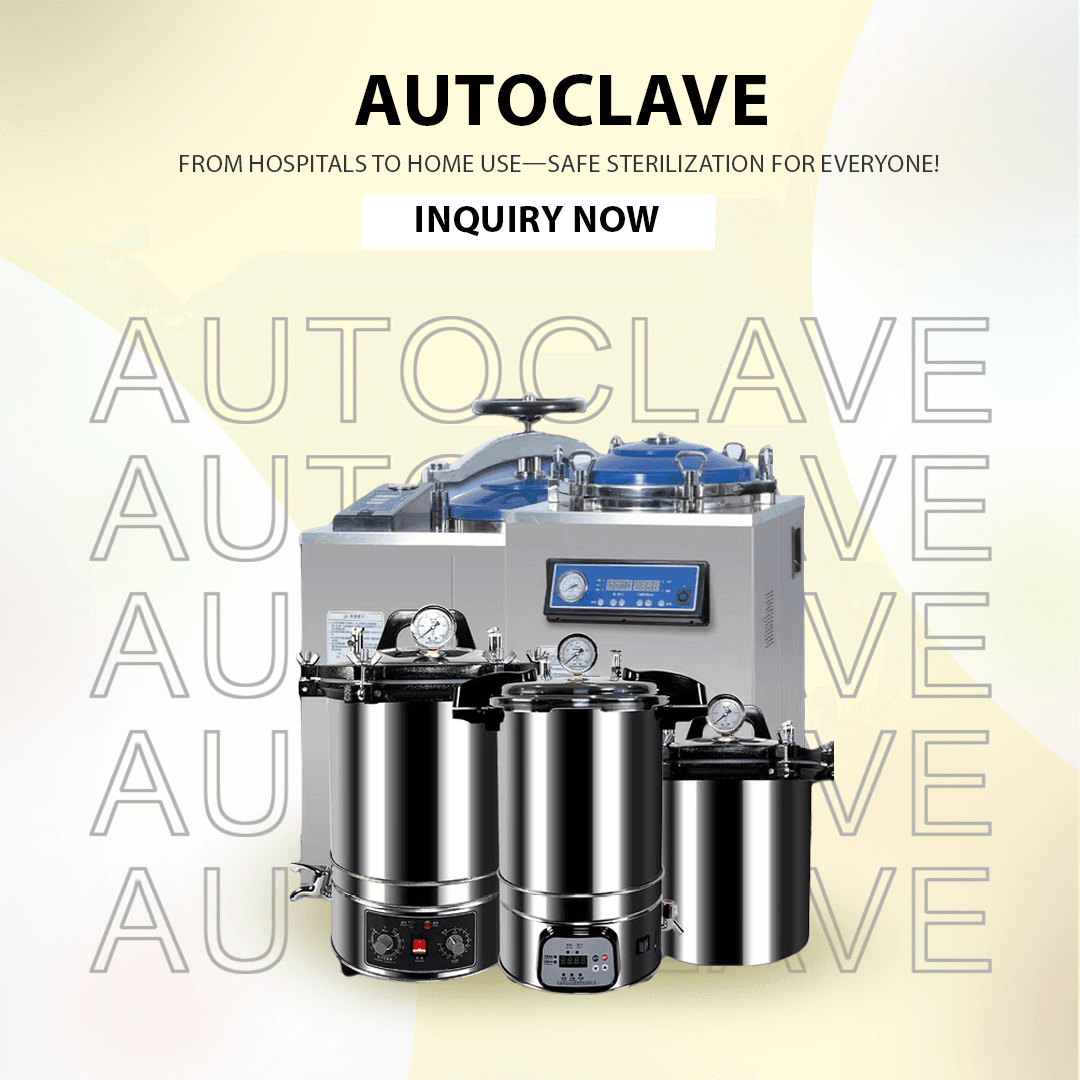
Автоклавы служат важнейшими устройствами в медицинских и научных учреждениях, обеспечивая постоянную стерилизацию инструментов и материалов. Дистрибьюторам медицинского оборудования, а также дилерам и специалистам по закупкам необходимо поддерживать автоклавы в рабочем состоянии